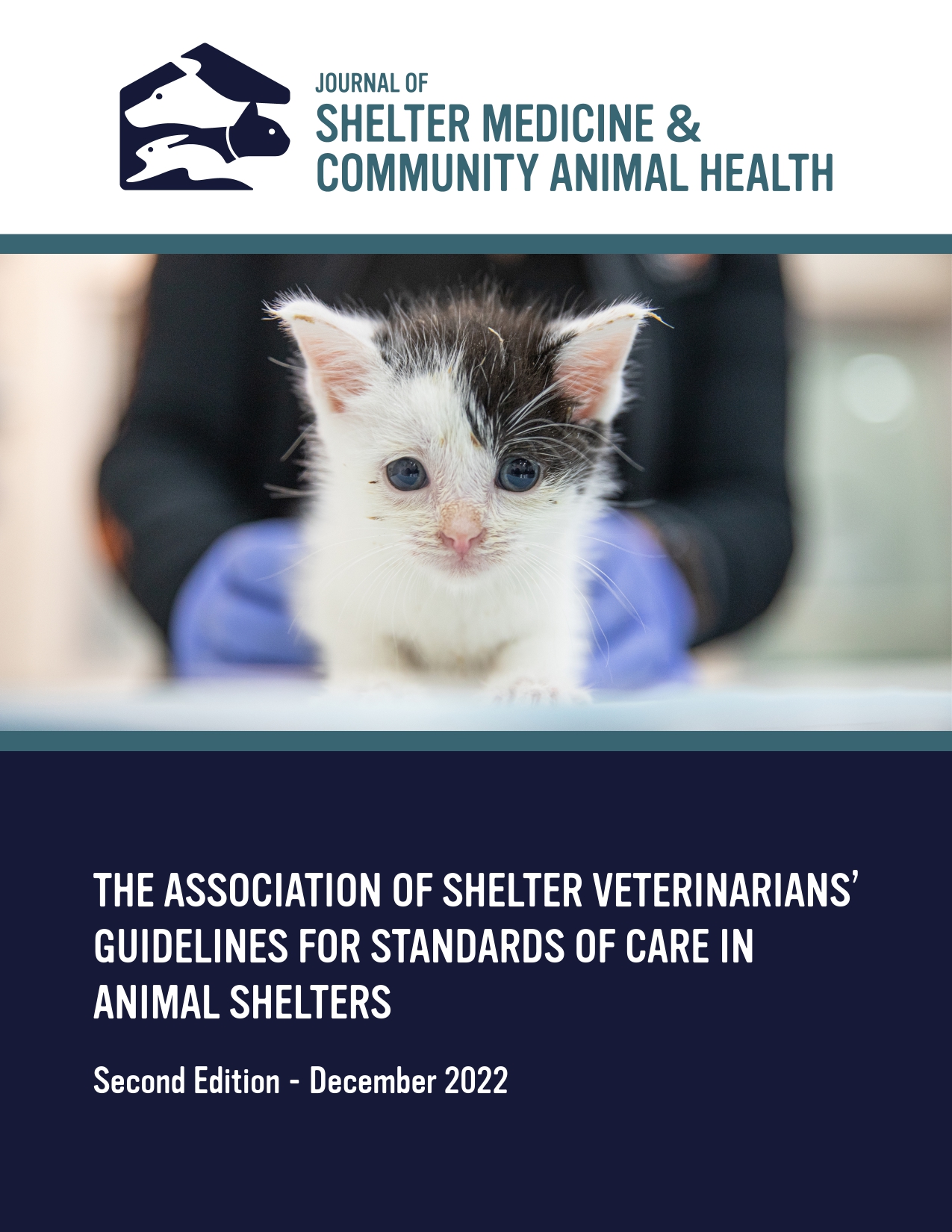Evaluation of Local Anesthetic Blockade in Cats Undergoing Castration in a High-Quality, High-Volume Spay/Neuter Setting: A Randomized, Blinded, Placebo-Controlled Trial [Abstract]
DOI:
https://doi.org/10.56771/jsmcah.v3.96Abstract
Sustainable high-quality, high-volume spay/neuter (HQHVSN) clinic operations require optimal efficiency and resource-management, and humane patient care. Locoregional anesthesia is not standard across HQHVSN protocols because evidence that these techniques are safe, efficient, and cost-effective in the HQHVSN environment is lacking. The objective of this study was to compare the analgesic efficacy of local anesthesia to placebo in cats castrated in a HQHVSN setting.
Eighty-eight shelter-owned male cats presenting to a HQHVSN clinic in the northeastern US between August 2019 and October 2020 were enrolled in this blinded, randomized, placebo-controlled trial. Inclusion criteria included estimated age ≥6 weeks and ≤8 years, body weight ≥3 pounds, and ASA 1 status. Cats were assigned via simple randomization to receive an intratesticular injection of saline placebo (Group SP; n=32), lidocaine 1mg/kg (Group L; n=34), or a mixture of lidocaine 1mg/kg and bupivacaine 1mg/kg (Group LB; n=22) prior to routine castration. Standard HQHVSN protocols for anesthesia and surgery were followed. Indicators of analgesic efficacy included perioperative heart rates, requirements for additional anesthesia, surgeon satisfaction with anesthetic depth and tissue quality, and postoperative pain scores and incisional complications.
Treatment groups did not differ in demographic characteristics or baseline heart rate. Group SP showed a significant elevation in heart rate in response to surgical stimulus compared to Groups L (p=0.006) and LB (p=0.002) and to their baseline heart rate (p<0.001). Perioperative heart rates measured in Groups L and LB did not differ. Surgeon-reported unsatisfactory anesthetic depth during castration occurred more frequently in Group SP (z=2.68; p=0.044). Additional anesthetic requirements, surgeon satisfaction with tissue quality, and postoperative pain and incision scores were statistically similar between groups.
Despite the short duration between intratesticular injection to near completion of castration (median [IQR]=5.0 [3.0-7.0] minutes), local anesthesia was effective at decreasing nociception compared to placebo without increasing the frequency of incisional complications. These perioperative benefits support the inclusion of local blocks in multimodal anesthesia/analgesia protocols for HQHVSN clinics. Additional materials and labor costs for administering intratesticular blocks were estimated at $1.07-$1.19 per 4kg cat at the study location.
Downloads
Published
Issue
Section
License
Copyright (c) 2024 ME Stone, S Lutz-Boulting, JM Scarlett, EA Berliner

This work is licensed under a Creative Commons Attribution 4.0 International License.










